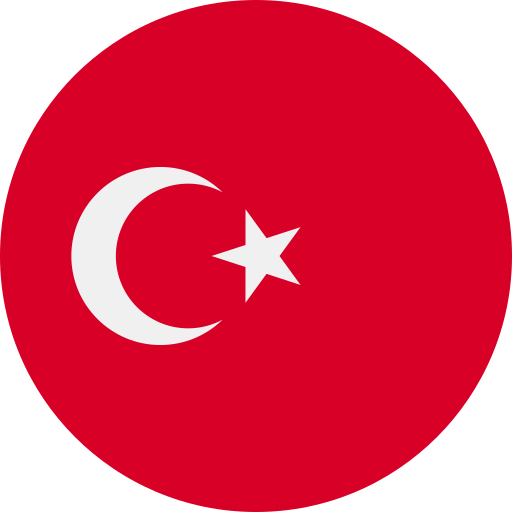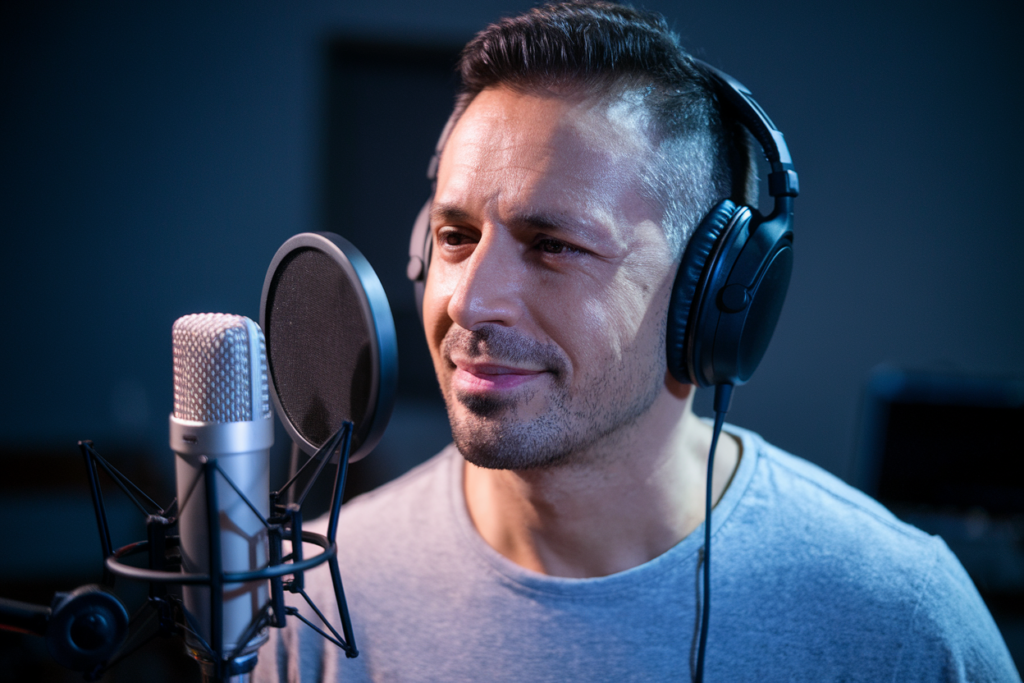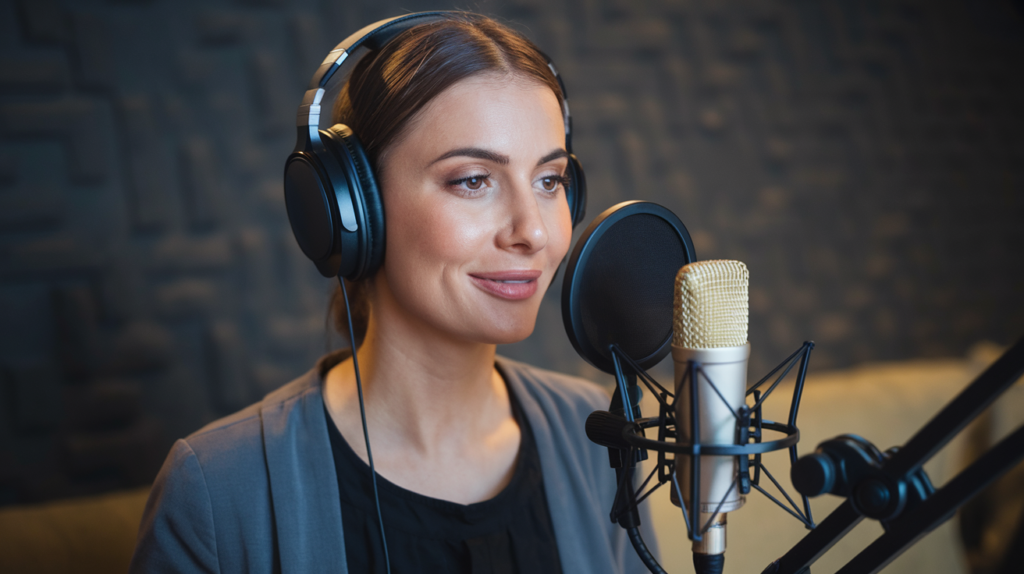Key Takeaways
- Diverse Dialects: Turkish media showcases various dialects that reflect regional cultural identities, with Istanbul Turkish being the predominant neutral form used nationally.
- Cultural Resonance: Different dialects evoke familiarity and emotional connections among viewers, enhancing message reception and audience engagement.
- Voice Talent Importance: Skilled voice artists proficient in regional dialects are crucial for authentic media representation, allowing content to resonate more deeply with specific demographics.
- Phonetic and Vocabulary Variations: Each dialect possesses unique phonetic features and vocabularies influenced by geography, culture, and history, enriching storytelling across platforms.
- Challenges in Communication: Misinterpretation of content can occur due to dialect differences; thus, adapting language use is essential for clear communication and audience connection.
- Balancing Standardization & Authenticity: While Istanbul Turkish serves as a standard reference point, incorporating local dialects fosters inclusivity and strengthens viewer trust in media communications.
Ever wondered why Turkish media sounds so different depending on where you tune in? The differences between Turkish dialects in media are fascinating and can shape how messages are received across the country. From news broadcasts to popular TV shows, these variations reflect rich cultural identities and regional nuances.
Overview of Turkish Dialects
Turkish dialects showcase a rich tapestry of linguistic diversity across the country. These dialects vary significantly based on regional influences, cultural backgrounds, and historical contexts. In media, this variety becomes apparent in how different dialects shape voiceovers in television shows, news broadcasts, and other forms of entertainment.
You’ll find that the primary Turkish dialect is Istanbul Turkish, often used in national media due to its neutral tone and widespread understanding. However, other dialects like Aegean or Eastern Anatolian bring unique flavors that resonate with local audiences. These variations can affect perception; a voiceover featuring a regional accent might evoke familiarity or pride among viewers from that area.
Voice artists proficient in these dialects offer invaluable insights into capturing the essence of each region. Their ability to adapt their delivery ensures authenticity while connecting with specific demographics. This connection isn’t just about pronunciation; it also involves an understanding of cultural references and societal norms prevalent in those areas.
In addition to regional variations, sociolects—language styles associated with particular social groups—play a role as well. For instance, urban youth may use slang or incorporate modern phrases that reflect contemporary trends. Voice actors who stay attuned to these shifts can create engaging content that resonates deeply with younger audiences.
Overall, recognizing the differences between Turkish dialects enriches media production by tailoring messages effectively for diverse listeners. Engaging voice over talent adept at navigating these nuances enhances storytelling through compelling audio experiences tailored for every audience segment.
Historical Background
Turkish dialects have evolved over centuries, shaped by various historical events and cultural exchanges. The Ottoman Empire, which spanned from the 14th to the early 20th century, played a crucial role in this evolution. During this period, diverse languages and cultures mingled, leading to significant linguistic variations across regions.
Influence of Geography
Geography significantly influences Turkish dialects. Each region boasts unique characteristics based on its landscape and climate. For instance, coastal areas often incorporate more maritime terms due to their proximity to the sea. Mountainous regions may emphasize agricultural vocabulary reflecting local practices. These geographical distinctions create a rich tapestry that makes each dialect distinct yet interconnected.
Cultural Impacts on Dialects
Cultural factors also shape these dialects in profound ways. Traditions, customs, and even local folklore contribute to language variation. Urban centers like Istanbul showcase a blend of dialects influenced by migration and globalization, while rural areas tend to preserve traditional speech patterns more closely tied to regional identities. This cultural diversity is essential for voice artists who strive to capture authentic expressions through their work in media production.
Understanding these historical nuances enriches your appreciation of Turkish media while highlighting how voice talent navigates these differences to engage audiences effectively.
Differences in Media Representation
Turkish media showcases a rich diversity of dialects, reflecting the country’s cultural and regional nuances. This diversity influences how messages resonate with audiences across various platforms.
Regional Variations in News Outlets
News outlets often adopt specific dialects to connect more effectively with their viewers. For instance, while Istanbul Turkish dominates national broadcasts due to its neutral tone, local stations might use Aegean or Eastern Anatolian dialects. This approach fosters familiarity and builds trust among local audiences. Each region’s unique characteristics can enhance storytelling, making news more relatable and engaging for viewers who identify with those specific dialectical traits.
Dialect Usage in Television and Film
Television shows and films utilize dialects strategically to create authentic characters and narratives. By incorporating various Turkish dialects, producers tap into cultural identities that resonate deeply with different demographics. Voice artists play a crucial role here; their ability to deliver lines in native accents adds layers of authenticity to performances. Viewers appreciate when characters speak in familiar tones, reinforcing connections to their own backgrounds. Furthermore, this practice encourages diverse representation on screen, allowing stories from all corners of Turkey to shine through compelling audio experiences.
The differences in media representation through various Turkish dialects not only enrich the content but also foster engagement among audiences by showcasing their unique cultural identities.
Linguistic Features Across Dialects
Turkish dialects showcase distinct linguistic features that influence how media content resonates with audiences. Recognizing these nuances adds depth to storytelling and enhances engagement.
Phonetic Differences
Phonetic variations across Turkish dialects are striking. For instance, Istanbul Turkish tends to have a more neutral intonation, making it widely acceptable in national media. In contrast, Aegean and Eastern Anatolian dialects exhibit unique pronunciation patterns that reflect local identity. These phonetic traits not only enrich the spoken language but also help voice artists bring authenticity to their performances. When voice actors master these subtle differences, they connect better with viewers, tapping into regional pride and familiarity.
Vocabulary and Expressions
Vocabulary varies significantly among Turkish dialects, often influenced by historical and cultural factors. Specific terms or expressions can evoke strong emotions tied to particular regions or traditions. For example, urban centers like Istanbul may incorporate modern slang while rural areas preserve traditional vocabulary rooted in local folklore. This diversity presents an opportunity for voice over talent to tailor their delivery to match the intended audience’s cultural context. By using region-specific expressions, voiceover artists craft compelling narratives that resonate deeply with listeners, enhancing both relatability and engagement in every project they undertake.
Challenges in Media Communication
Media communication in Turkish dialects faces several challenges that can impact message clarity and audience engagement. Understanding these hurdles helps navigate the complexities of diverse linguistic landscapes.
Misinterpretation Across Dialects
Misinterpretation often arises when content doesn’t align with regional dialects. You might notice that a phrase commonly understood in one area could confuse audiences in another. For instance, specific words or expressions used in Aegean Turkish may not resonate with viewers from Eastern Anatolia, leading to disconnects. This variation makes it crucial for voice artists to adapt their delivery based on the target audience’s dialect, ensuring messages come across clearly and maintain intended meanings.
Standardization Issues
Standardization presents another challenge in media communication. While Istanbul Turkish serves as a neutral base for national broadcasts, using this form exclusively can alienate local audiences who identify more closely with their regional dialects. Voice talent needs to balance standardization with authenticity; otherwise, they risk losing viewer trust and connection. Adapting scripts for various dialects fosters inclusivity and enhances relatability among diverse audiences, making your content more engaging and relevant.
By recognizing the complexities of misinterpretation and standardization within Turkish media dialects, you enhance communication strategies that resonate deeply with all segments of your audience.
Conclusion
Understanding the differences between Turkish dialects in media opens up a world of rich cultural expression. It highlights how regional language variations connect with audiences on a deeper level, fostering trust and familiarity.
As you explore these dialects, you’ll appreciate the artistry of voice talent who bring authenticity to their performances. They bridge gaps between diverse communities while enhancing storytelling through relatable narratives.
Recognizing these nuances not only enriches your understanding of Turkish media but also underscores the importance of inclusive communication strategies that resonate across various demographics. This awareness can transform how you engage with content and appreciate the vibrant tapestry of Turkish culture reflected in its media landscape.
Frequently Asked Questions
What are the main Turkish media dialects discussed in the article?
The article highlights several Turkish media dialects, primarily focusing on Istanbul Turkish as the neutral base for national broadcasts. It also discusses regional dialects like Aegean and Eastern Anatolian, which resonate with local audiences and reflect diverse cultural identities.
Why is Istanbul Turkish preferred in national media?
Istanbul Turkish is favored in national media due to its neutral tone, making it widely understandable across different regions. This helps create a unified communication standard while still allowing for regional variations in other contexts.
How do dialects influence audience engagement?
Dialects significantly impact how audiences engage with content. Using specific regional dialects fosters familiarity and trust among viewers, enhancing their connection to the material and making characters more relatable.
What role do voice artists play in representing Turkish dialects?
Voice artists are crucial for capturing the essence of each dialect. Their proficiency allows them to deliver authentic performances that resonate with specific demographics, enriching storytelling through culturally relevant expressions.
How have historical factors shaped Turkish dialects?
Turkish dialects have evolved over centuries under influences from the Ottoman Empire and various cultural exchanges. Geography, traditions, and local folklore play significant roles in shaping these linguistic variations across different regions.
What challenges arise from using different Turkish dialects in media?
Challenges include potential misinterpretation when content does not match regional dialect nuances. Additionally, relying solely on Istanbul Turkish can alienate local audiences who prefer their own regional speech patterns, highlighting the need for balance between standardization and authenticity.
How does vocabulary variation affect communication in Turkish media?
Vocabulary differences among various Turkish dialects can lead to misunderstandings if not properly addressed. Tailoring language based on target demographics ensures clarity while maintaining intended meanings throughout media communications.
Why is understanding sociolect important among urban youth?
Understanding sociolect is vital because urban youth often use slang and modern phrases unique to their experiences. Recognizing these linguistic trends helps media creators connect better with younger audiences by incorporating relatable language into narratives.







